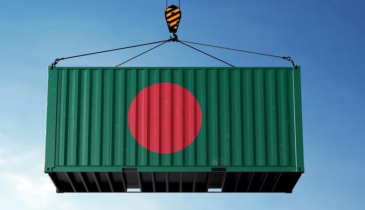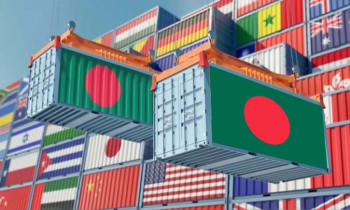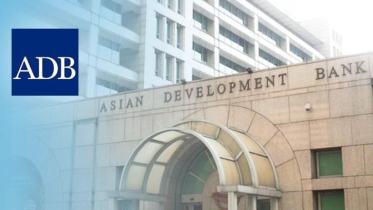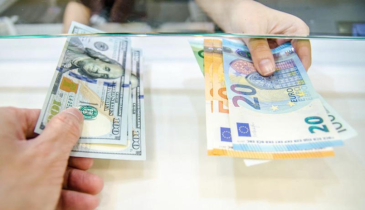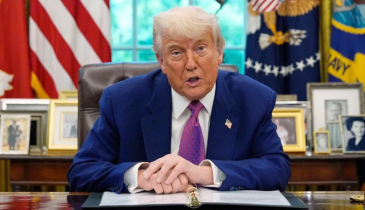Dhaka-Washington yet to agree on 20% of US tariff conditions
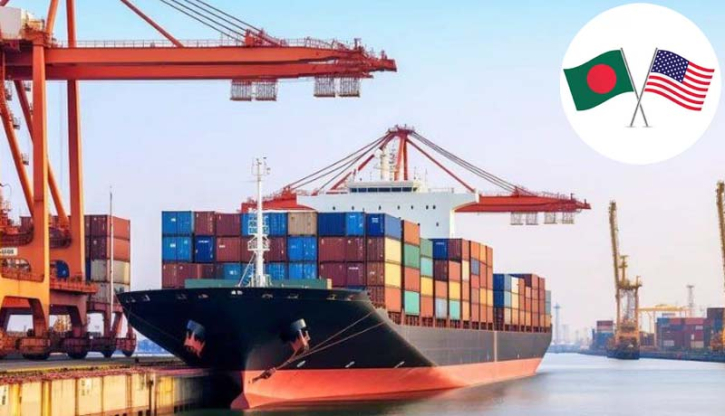
Despite extensive negotiations, Bangladesh and the United States have yet to fully resolve differences over proposed US tariff conditions on Bangladeshi exports. During the second round of high-stakes tariff talks, which concluded in Washington D.C. on the night of July 11, the two nations managed to reach consensus on approximately 80% of the conditions put forth by Washington. However, the remaining 20% continues to be a sticking point, casting a shadow of uncertainty over future trade relations.
Mahmud Hasan Khan, President of the Bangladesh Garment Manufacturers and Exporters Association (BGMEA), said that while the Bangladeshi government has provided an update on the talks, specific details regarding the agreed-upon or disputed issues have not been fully disclosed to industry stakeholders. This lack of transparency has caused frustration within Bangladesh's crucial export-oriented sectors, particularly the ready-made garment (RMG) industry.
Khan stated that despite being excluded from the direct negotiations, the BGMEA was eventually asked for input on the third and final day of the three-day discussions. Following this, they were informed that the reciprocal tariff rate, initially proposed by the US at 35% on Bangladeshi exports, would be reduced.
A significant point of contention revolves around the U.S. demand for a 40% value addition requirement for Bangladeshi exports to qualify for the "Made in Bangladesh" label and gain market access. This is particularly challenging for Bangladesh's woven garment sector, which heavily relies on imported fabrics, especially from China, for approximately 70% of its production.
Mahmud Hasan Khan indicated that while achieving a 40% value addition might not be entirely impossible for woven garments, Bangladesh is prepared to accept this condition if the US agrees to lower its reciprocal tariff rate from 35% to a more palatable 15%. This highlights Bangladesh's desire to find a mutually beneficial solution that protects its vital export industry. Industry experts warn that enforcing a strict 40% value addition rule, especially with the US method of calculating it (only counting domestic inputs and wages, excluding profit), would severely impact Bangladesh's woven exports to the US and necessitate substantial investment in local backward linkage industries.
Perhaps one of the most sensitive and unresolved issues pertains to the US's concerns regarding increased Chinese investment in Bangladesh and a perceived condition to reduce imports from China. BGMEA President Khan stated that industry leaders have no concrete information on these specific US demands.
However, sources indicate that the US is pushing Bangladesh to align its trade policies with American geopolitical interests, potentially by favoring goods from U.S.-friendly countries and imposing higher tariffs on products with significant Chinese input. This suggests that the tariff negotiations extend beyond purely economic considerations, reflecting Washington's broader strategy to counter China's growing economic influence globally. The US fears that goods with Chinese inputs might be "transshipped" through Bangladesh to evade higher U.S. tariffs on Chinese products.
The outcome of these negotiations is critical for Bangladesh, as the US is its largest single export destination, particularly for garments, which constitute over 80% of Bangladesh's total export earnings. A 35% tariff, or even a slightly reduced one, would significantly increase the cost of Bangladeshi products, potentially forcing U.S. buyers to seek alternative sourcing destinations with lower tariff burdens. This could lead to a substantial decline in Bangladeshi exports, impacting factories, livelihoods, and the overall economy.
.png)


